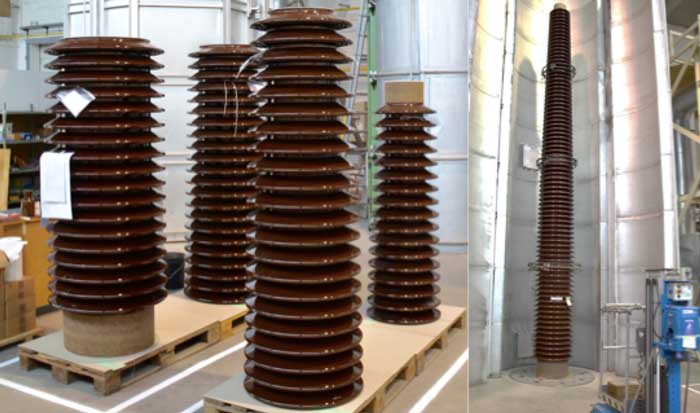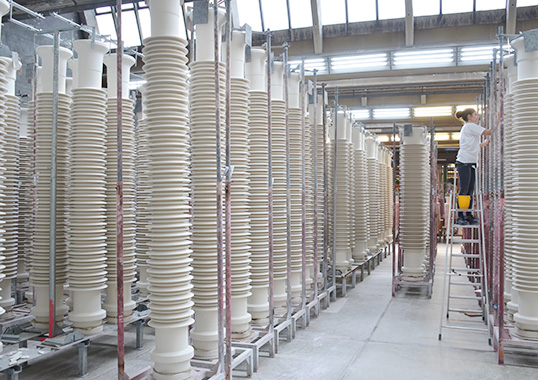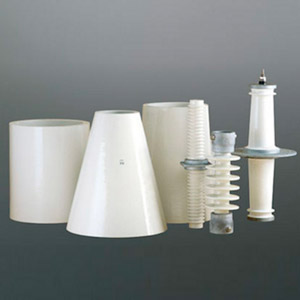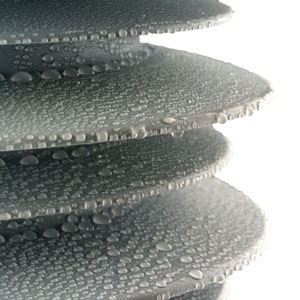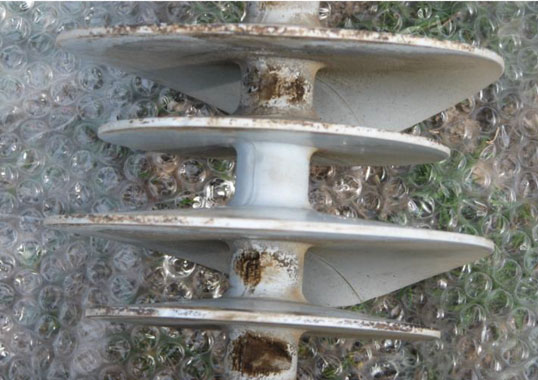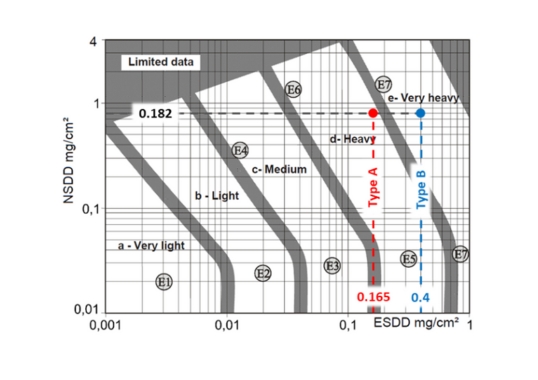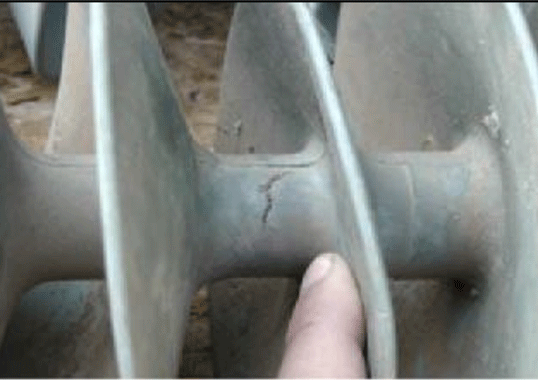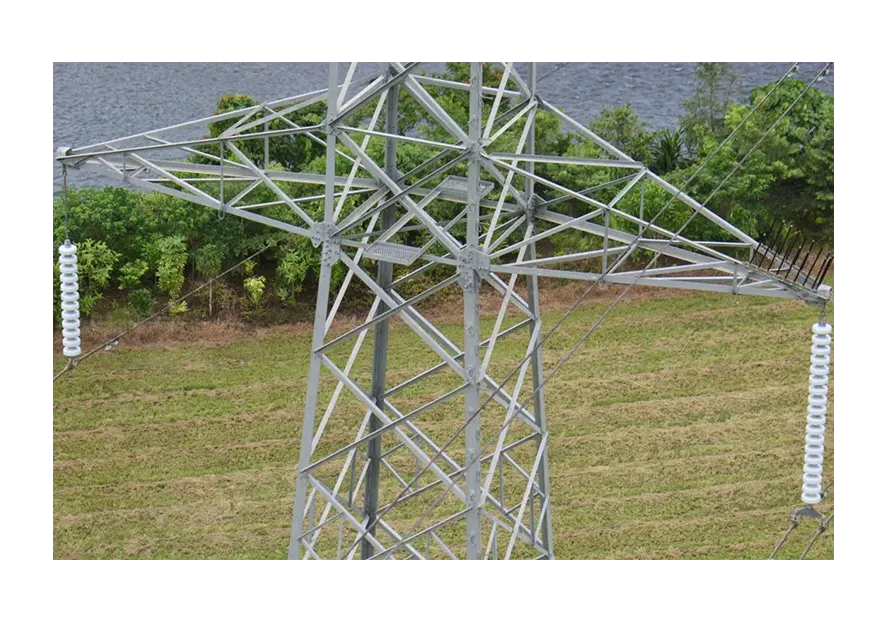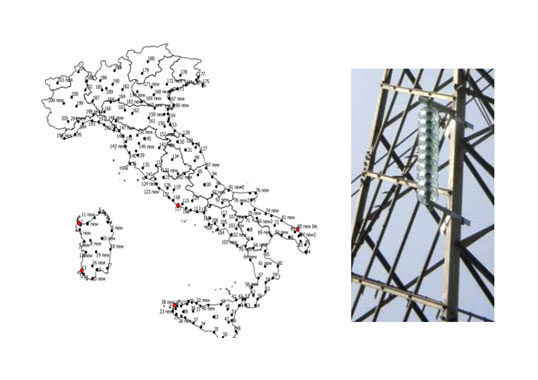One would have to think hard to find any product that was state-of-the-art over a century ago and still widely considered as the leading technology today. Glazed -porcelain insulators are such a product. Yet while looking much the same as what was crafted by hand decades ago, porcelain insulators today share little in common with their comparatively crude ancestors. Due to continuous refinements in composition, processing and testing, modern electrical porcelain has remained the most widely used insulator technology found at substations the world over, in spite of growing inroads by advanced alternative technologies.
Electrical porcelain has a history going back 150 years to the time when small-scale pottery firms first began making telegraph insulators. These were crude pieces produced in smaller volume than alternatives made from glass, which were cheaper. As electrical distribution began to develop in the 1880s, better quality insulators were needed to carry the voltages of overhead power lines. Industry pioneers began to experiment with mixtures of clay that would yield insulators having the desired electrical and mechanical properties. Soon, porcelain began to replace glass for most electrical distribution applications due to perceived superior insulation quality and strength.
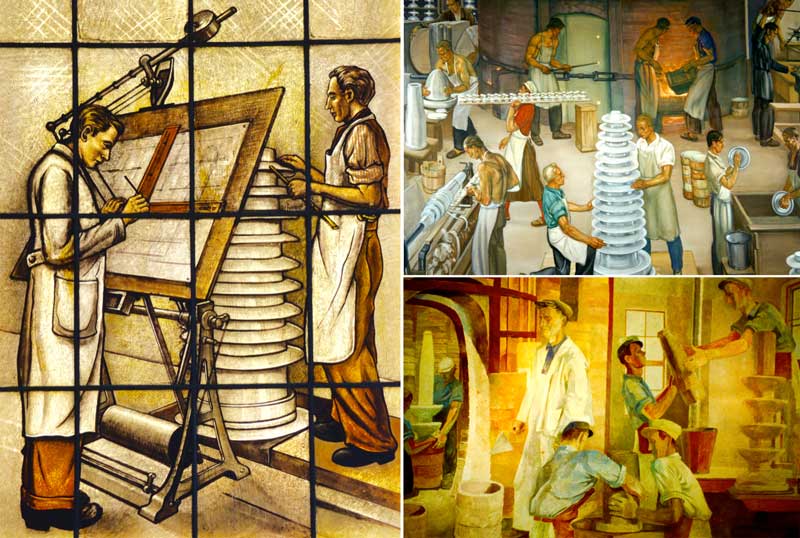
As voltages continued to increase and insulators of larger dimension became necessary, the attributes required of clays became more and more demanding. Increased focus was placed on strength as well as on high plasticity and good drying behavior, with minimal presence of organic matter. Other key parameters included fine grain size and low residue content. Both allow porcelain to be shaped into large pieces without deformation and also to be fired with no release of gases that might result in unwanted porosity within the body.
Today, ceramic bodies of porcelain insulators are prepared according to precise recipes that involve compromise in the relative proportions of the different ingredients. End goals include long service life, ease of production and some optimized combination of cost and sufficient performance. For example, a typical formulation for porcelain mass contains varying proportions of ball clay, kaolin (for strength and plasticity), feldspar (a flux that helps sintering in the kiln) and fillers such as quartz, alumina or calcined bauxite (intended to impart additional mechanical strength). A variety of secondary materials are also used to facilitate processing, including water and additives such as binders which are burned off in the kiln during firing at up to 1300°C.
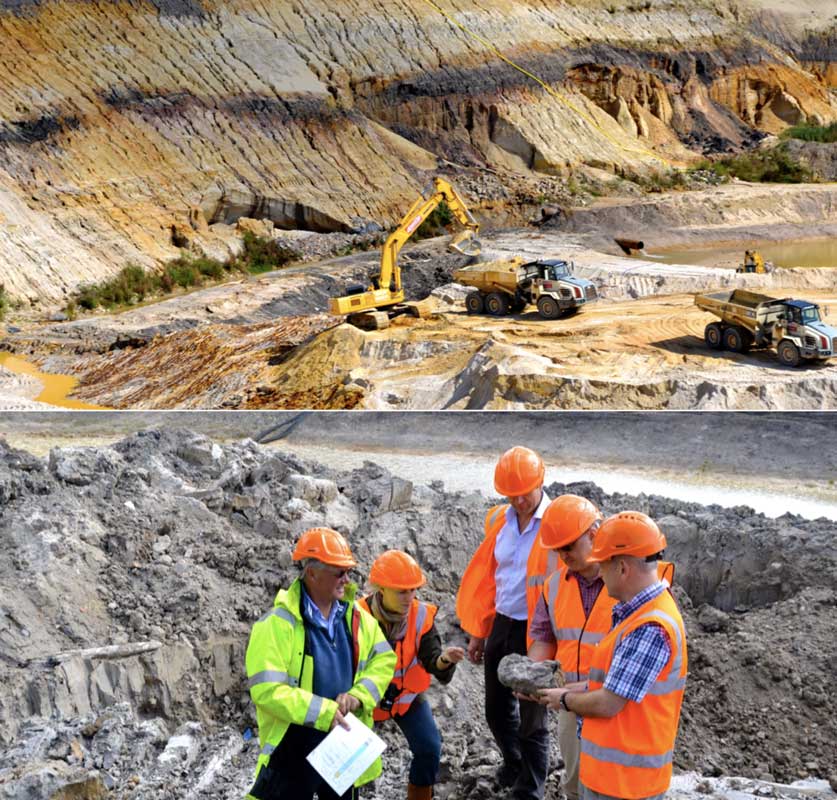
These various minerals are mined from sites the world over and, since no two locations are alike in all aspects, some variation can be expected in raw material quality. This must be considered and controlled during the production process to ensure consistent quality of the final product. In particular, growing attention has been placed on the microstructure of these raw materials to avoid development of undesirable interfaces at the microscopic level. For example, experts believe that quartz crystallites found in some ceramic aggregates can feature critically over-sized particles that modify and shrink during firing. Resultant micro-cracks can then propagate and become areas of inherent weakness in the porcelain body during dynamic mechanical loading or even under constant change in ambient service temperatures. The larger these quartz crystallites, the more they are at risk of cracking and the sooner the insulator becomes at risk of failing. Indeed, research has demonstrated that punctured porcelain insulators typically have some or all of the following micro-defects:
• agglomerations of corundum crystals;
• long running micro-cracks;
• large quartz crystals; and
• numerous agglomerates of pores.
By contrast, porcelain insulators that have well dispersed and relatively few pores are less likely to fail mechanically.
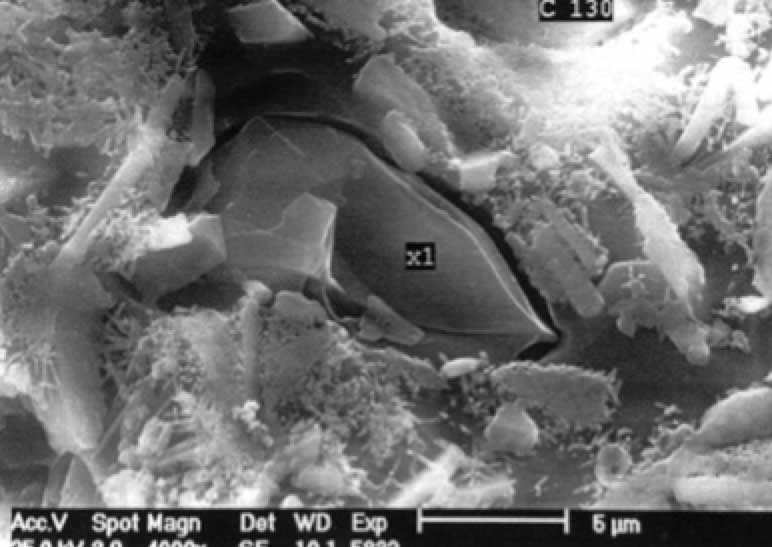
Given the above, methods have emerged to allow insulator producers as well as users to monitor microstructure of the porcelain mass to ensure freedom from such crystallites formed during production. Apart from testing to measure physical attributes such as density and mechanical strength, structural analysis is done using an X-ray diffractometer that allows quartz content of different alumina porcelains to be measured and compared.
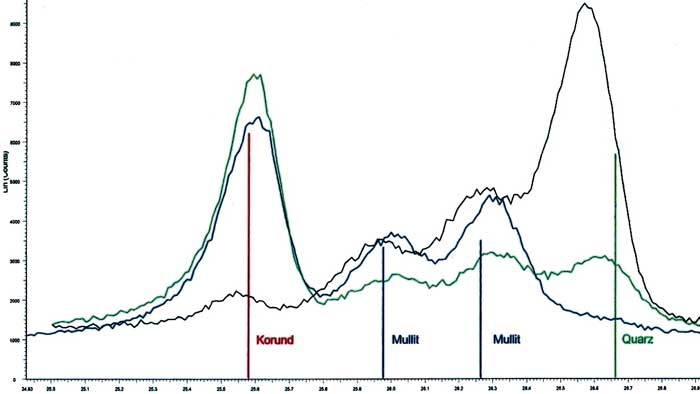
While many in the high voltage industry have come to regard electrical porcelain as a commodity, a range of different qualities are available in the marketplace – most of which still manage to pass required test standards. That means users may need their own criteria to assess and qualify which manufacturers should be on a ‘short list’ from among numerous potential suppliers worldwide. Buying on price alone is seldom the most realistic option. In applications such as on distribution lines or for station posts at low transmission voltages, surface defects or blemishes to the glaze may have little impact on long-term performance. However for demanding high voltage applications such as wall bushings or breaker housings, even minor surface defects are a potential problem source and considered unacceptable. Suppliers must be carefully screened and regularly monitored to ensure compliance with rigorous quality control procedures.
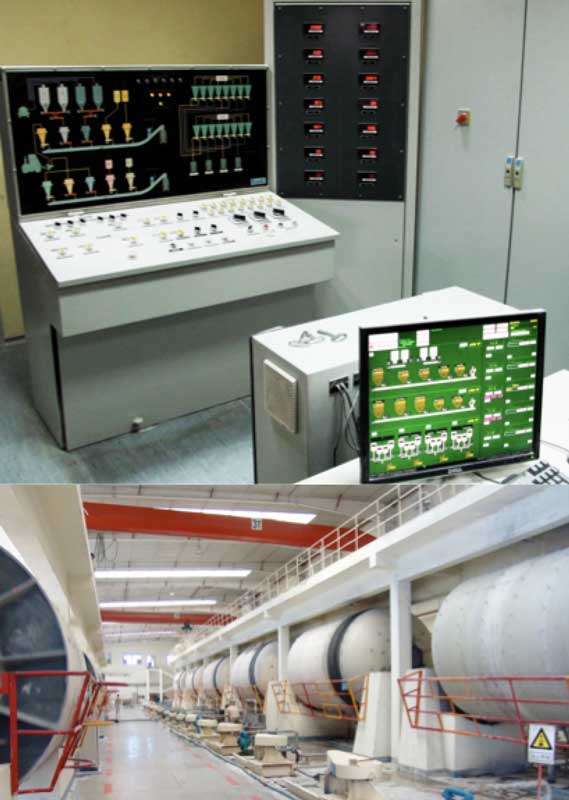
The basic manufacturing technologies for porcelain insulators have changed little in decades even though production equipment such as ball mills, extruders, lathes, dryers and kilns have been progressively improved for higher productivity, greater automation as well as reduced waste and energy input. The classical wet process is by far the more common manufacturing process and sees the porcelain mass compressed and shaped while having relatively high moisture content. The main advantage is lower investment cost and that the production environment has less dust than caused by turning dry cylinders. The disadvantage is longer production lead times, dictated by a series of labor intensive steps needed to progressively remove moisture once the ceramic body has been mixed into a homogeneous slurry.
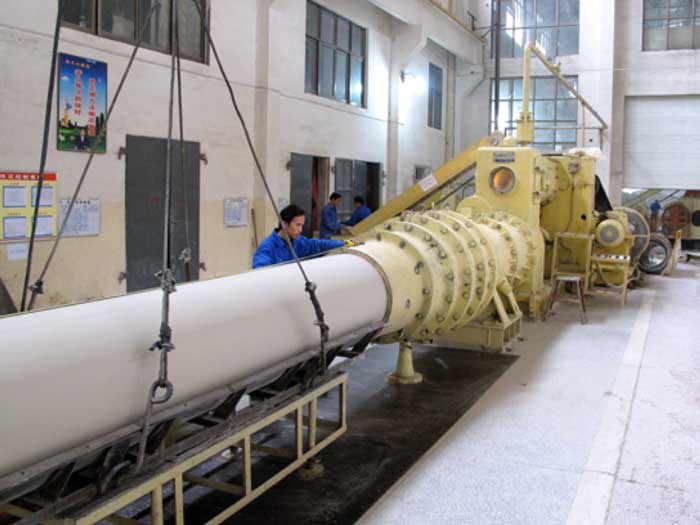
To reduce long production lead times using the wet process, isostatic pressing was developed decades ago. Here, the mixtures of ingredients for the ceramic body are homogenized inside spray dryers before being funneled and compressed into cylinders under extremely high pressure, ready for immediate turning. The high investment cost, specialized technology and environmental controls needed to limit worker exposure to dust keep this process limited to a only a small percentage of all porcelain insulator suppliers.
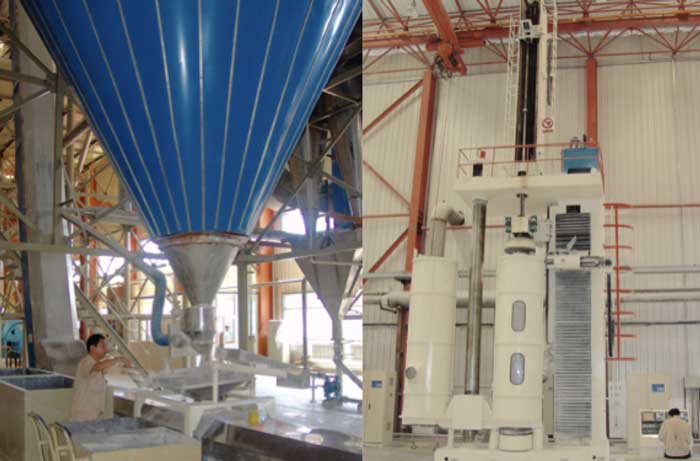
After further drying and quality control inspection, insulators are shaped on manually operated or fully automatic machines.
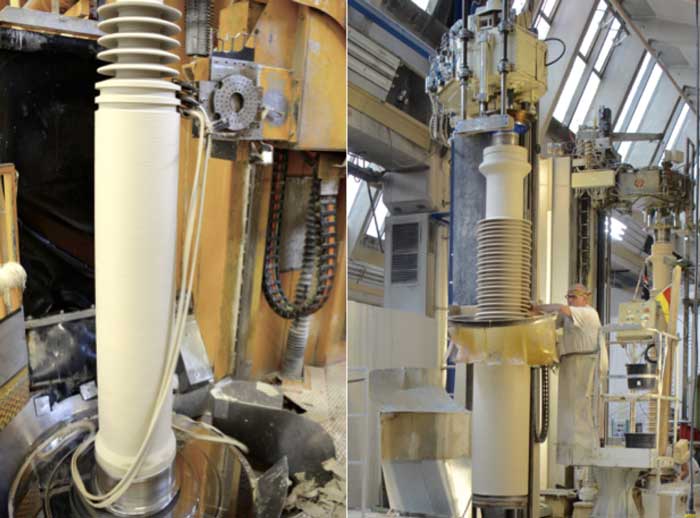
Once shaped, these are further dried in special climate controlled chambers before being are ready for glazing, which is done by immersion in a bath or by spraying.
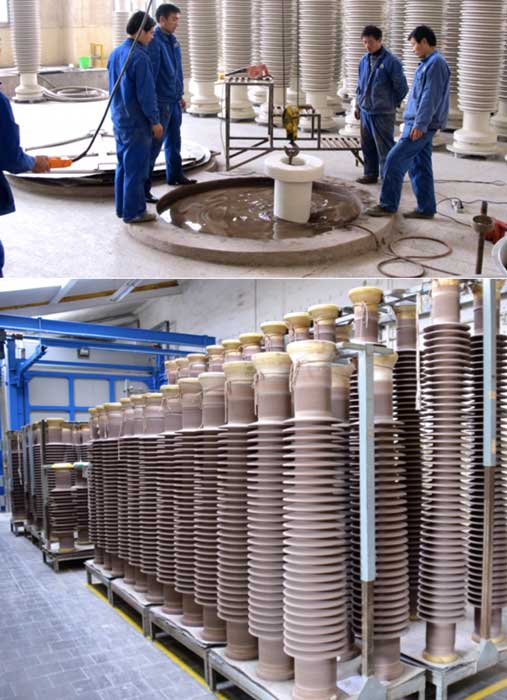
Firing is one of most critical production steps not only because it is energy intensive but also because it requires great skill in optimal loading of the kiln cart as well as instrumentation to monitor and control firing cycle as well as temperatures at different locations inside kiln. Special kilns have been built that allow firing of unusually high single-piece insulators for UHV applications.
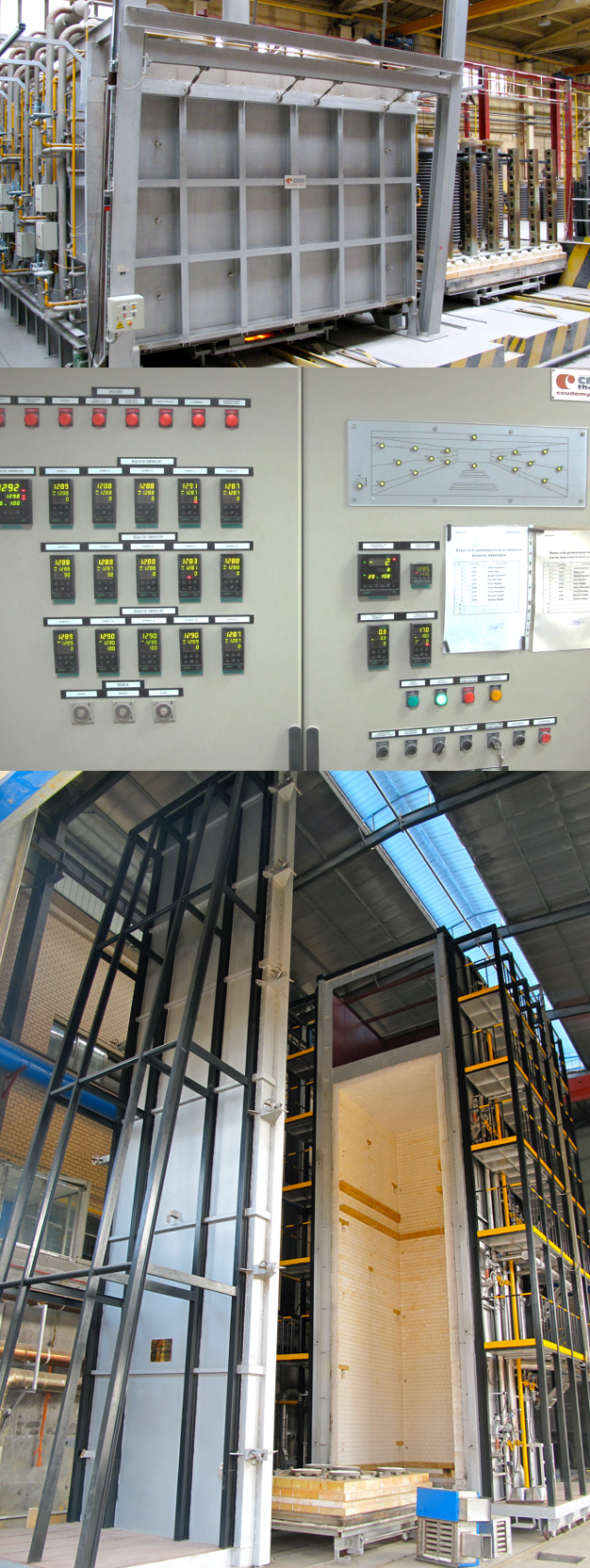
Metal fittings and flanges are cemented onto the porcelain body, with subtle differences in the cement composition used by manufacturers. Some use neat Portland cement while others employ a mortar mix (Portland cement plus silica filler). Existing standards are sufficient to specify minimum requirements, however tighter specifications are desirable to ensure high reliability and long life of porcelain insulators, especially for EHV and UHV applications.
